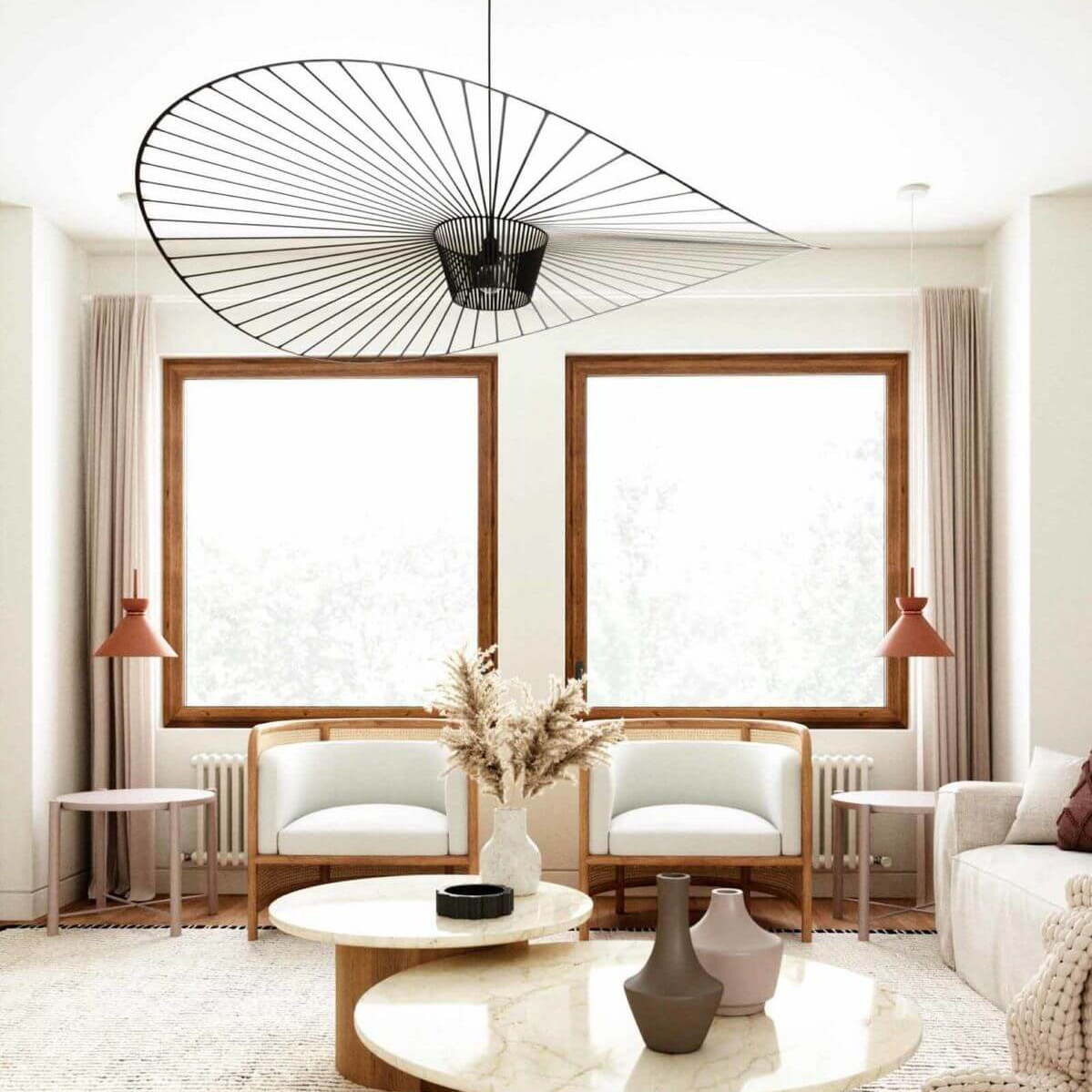Introduction
The lighting in a home can play a crucial role in shaping the ambiance and overall feel of the space. Homeowners who understand the value of good lighting design are able to create a warm, inviting and comfortable atmosphere that can be enjoyed by everyone. From the placement of the lights to the type of bulbs used, every decision impacts the overall look and feel of the home’s interior. In this article, we will explore the importance of lighting in the home and how to achieve the perfect balance for a comfortable and stylish living space.
The Importance of Home Lighting
Lighting has the ability to impact our mood and emotions. In a home setting, lighting can make the difference between a drab, uninviting space and an inviting and welcoming one. Good lighting design can make a space feel larger, more relaxed, intimate, or any other feeling that the homeowner is trying to create. Better lighting design can also increase productivity and comfort levels when it is needed most, such as when a person is working or studying from home.
Types of Home Lighting
There are three primary types of lighting: ambient, task, and accent. Ambient lighting is the general lighting in a room that provides the overall illumination needed for a space to be used. Task lighting is more focused, directed lighting that helps people complete specific tasks, such as reading, cooking or working on a computer. Accent lighting is meant to highlight specific objects or areas of the home such as artwork, books or décor.
Lighting Design and Placement
The placement and design of lighting fixtures can have a huge impact on the feel of a space. In general, a lighting plan should include a combination of ambient, task and accent lighting. A good way to choose lighting fixtures is to think about the different needs of the space. For instance, a kitchen might need task lighting for cooking, ambient lighting for eating and accent lighting for showcasing artwork on the walls.
The Role of Light Bulbs and Color Temperature
Light bulbs can also influence the ambiance of a room. The color temperature of a bulb can have a significant impact on the light’s overall feel. Warmer colored bulbs emit a yellow or orange hue that feels more cozy and welcoming, while cooler colored bulbs emit a blue or white hue that can feel sterile or institutional. Additionally, choosing energy-efficient bulbs can help cut down on energy costs and reduce your overall carbon footprint.

